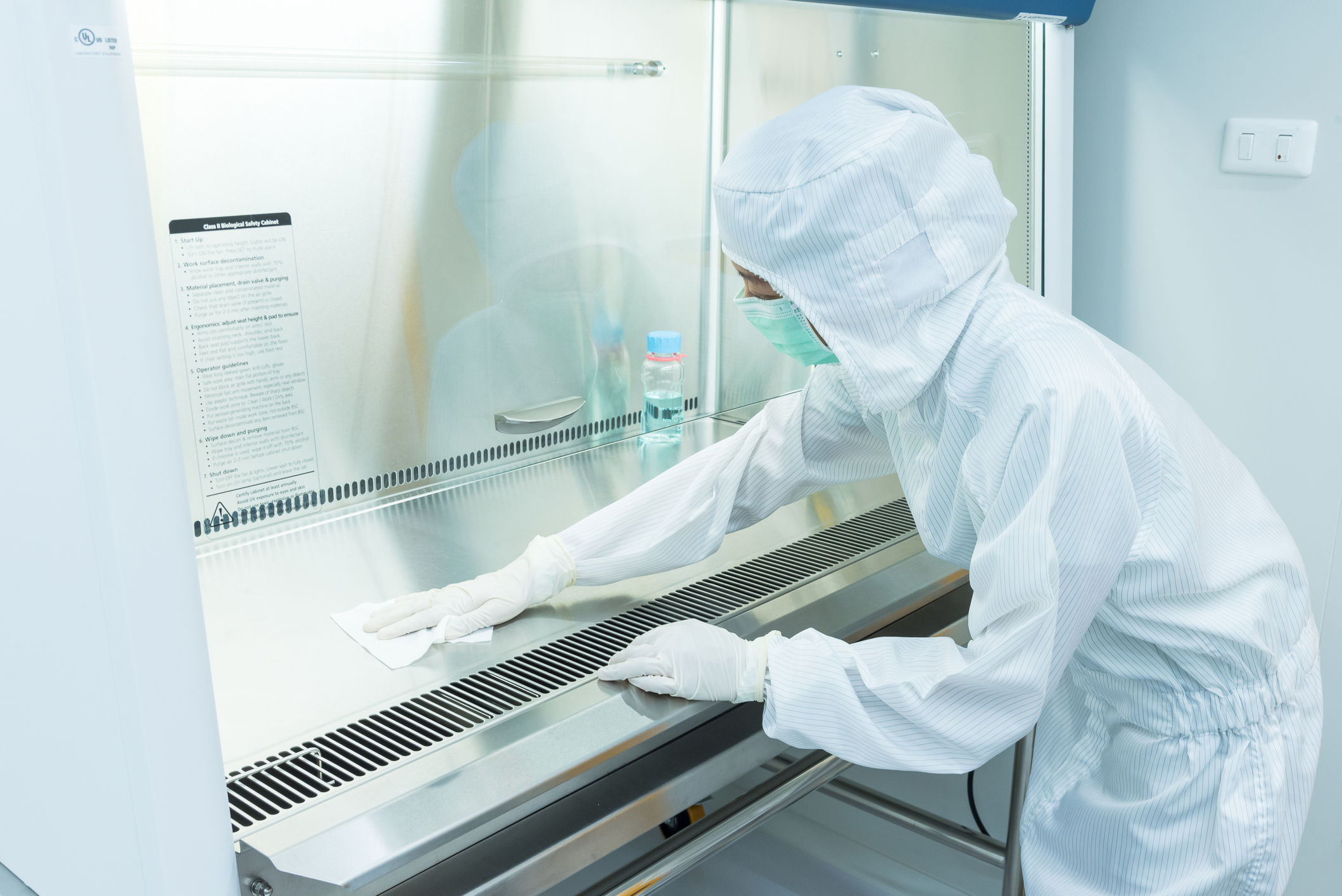Application and Assessment of a Regular Environmental Monitoring of the Antineoplastic Drug Contamination Level in Pharmacies – The Monitoring-Effects Study on Wipe Sampling (MEWIP) Project
Due to their carcinogenicity, mutagenic or reproductive toxicity (CMR), most antivirals, immunosuppressants and anti-neoplastic drugs are considered hazardous. Healthcare professionals need to have their exposure to these substances reduced to a minimum during their work. This applies to persons working in pharmacies, compounding pharmacies, hospitals, and also to those not directly involved in the preparation and delivery of medication like medical laboratories and hospital laundries. According to Kiffmeyer et al,1 there have been several studies investigating environmental monitoring of antineoplastic drugs. Over the past three decades, their findings have resulted in the adoption of improved practices, comprehensive guidelines and safety precautions. Despite these efforts, however, contamination of workplaces remains a significant health risk.
The establishment of threshold or trigger contamination values of CMR drugs is important to decide whether to initiate decontamination measures. However, no official occupational exposure levels to CMR drugs exist and only guidance values based on benchmarking studies are available. The monitoring procedures and strategies applied in scientific benchmarking studies have been adjusted to specific questions and differ significantly in study size and design, e.g. time of sampling, investigated spots and compounds as well as in the methods for sampling and analysis. This makes the comparison of the results to define threshold exposure levels difficult. Furthermore, not all sampling procedures have been optimised to be carried out by the personnel of the respective unit themselves, which is a prerequisite to making the monitoring affordable for many establishments without sacrificing reliability.
The MEWIP Study
The Monitoring-Effects Study on Wipe Sampling (MEWIP) in pharmacies by Kiffmeyer et. al,1 is a key study due to the number of pharmacies that participated and its design that enabled a meaningful discussion on surface monitoring. The aims of this study were:
- To determine the level of workplace contamination with antineoplastic agents using environmental monitoring.
- The further development of the existing monitoring procedures for routine application in occupational hygiene
- To investigate the impact of a regular monitoring program on contamination levels
- To obtain a comprehensive overview of the current work practice and conditions of antineoplastic drug preparation in German pharmacies
- To create an extensive database of ambient contamination levels for the assessment of future individual measurement values and the derivation of a guidance value for antineoplastic drugs at the workplace.
Summary of results
The 130 participating pharmacies were divided into a study and a control group. The study group carried out 5 monitoring cycles every 3 months, while the control group did 2 monitoring cycles at the beginning and the end of the study (15 months). Their work practice was analyzed using questionnaires to identify factors that influenced the contamination level. From 1269 wipe samples, 774 (61%) were found to be contaminated with at least one of the analyzed cytotoxic drugs: cyclophosphamide, docetaxel, etoposide, 5-fluorouracil, gemcitabine, ifosfamide, methotrexate, and paclitaxel. A significant decrease in the contamination of cyclophosphamide and 5-fluorouracil was seen in the study group.
Among the workplaces sampled, the authors observed the most contamination on floors (73% of samples contaminated), followed by worktops (61%) and refrigerator doors (49%). The authors also noticed a trend of reducing contamination levels with repeated monitoring (more monitoring cycles) with 50% of the participants in the study showing high interest in implementing regular environmental monitoring
Based on the 90th percentile of the contamination values, the authors could derive a substance-independent performance-based guidance value. This enabled them to propose a threshold-contamination level, above which cleaning and other countermeasures can be carried out.
The authors propose that the Monitoring-Effect Study of Wipe Sampling in Pharmacies method has proven to be a reliable and affordable tool for contamination control and suggest that repeated monitoring has a stronger effect on the contamination level than a singular measurement.
The authors also suggest that environmental monitoring, of the kind carried out in the study, can be applied to many other sectors like hospital wards.
#antineoplastic drugs #Contamination #Hazardous drugs #pharmacy
References
1Kiffmeyer TK, Tuerk J, Hahn M, Stuetzer H, Hadtstein C, Heinemann A, Eickmann U. Application and assessment of regular environmental monitoring of the antineoplastic drug contamination level in pharmacies – the MEWIP project. Ann Occup Hyg. 2013 May;57(4):444-55. doi: 10.1093/annhyg/mes081. Epub 2012 Nov 2. PMID: 23125441.




